Top 10 Reasons To Choose Rubber Flooring in Dubai Homes...
Read More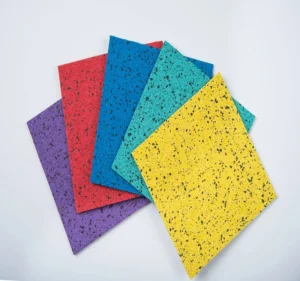
Rubber Flooring and Rubber Tiles are among the most recommended flooring options for gyms, play areas, or commercial spaces. Their stability, friction control, and shock-absorbing properties make them suitable in any homestead or workplace. Nevertheless, the selection of the right thickness is one of the most significant moves in the rubber flooring selection. Rubber flooring is sensitive to the thickness, which determines the comfort, safety, and resistance to wear and tear. We have gone ahead to prepare this elaborate guide, ensuring that homeowners and business owners make the right choice.
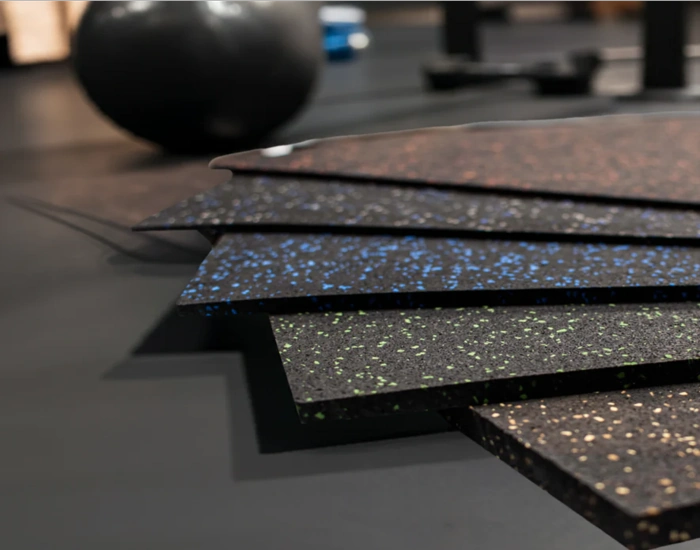
Rubber Flooring depends on its thickness in order to handle heavy weight, dampen sound and provide shock absorption. Slimmer Rubber Flooring can be appropriate in light usage, but heavy impacts of performing activities or heavy machines may demand thicker flooring in order to protect. The appropriate option is a compromise between the performance, life and budget, so that the flooring will be able to address the needs of the particular space.
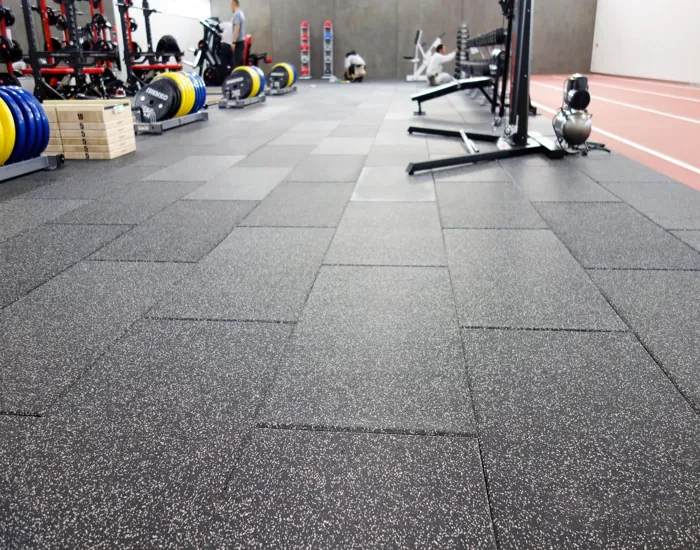
There is a wide range of rubber flooring, with normal thicknesses being between 2 mm and over 20 mm. All the thicknesses are suited to different uses and the correct choice of thickness is a sure way of the floor doing the job.

Main Features
MTR Flooring (6 mm to 10 mm)
This represents the most widespread number of multipurpose gyms, play areas, and fitness studios. Flooring within this range has a good shock absorbing ability, sound damping, as well as durability which does not necessarily make it too thick. It fits perfectly in areas that exercise moderate fitness equipment and incorporate a mix of cardio and strength training.
Thick rubber flooring (12 mm to 20 mm thick)
Heavy flooring is necessary in case of heavy use like commercial gyms, weight lifting areas or areas with heavy machines. tha It keeps the subfloor as well as the equipment safe and provides the highest shock absorption.
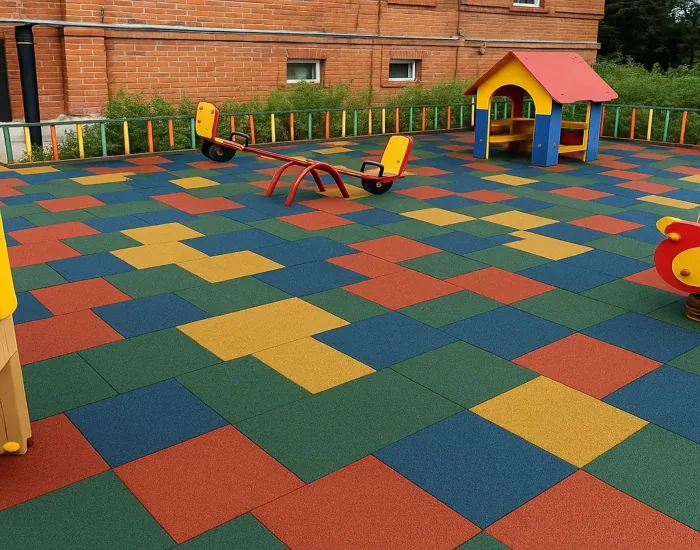
The choice of the right thickness is based on the intended use of the flooring and the surroundings where it is to be used.
Purpose of the Space
Take into account the activities to be performed. In the case of yoga, exercises or office flooring, thin is enough. In the case of weight-lifting gyms or commercial gyms, you might require a thicker flooring as a protective measure.
Level of Impact and Noise
In case the flooring will be subjected to heavy impacts like falling weights or foot traffic, a thicker material must be used. The rubber floor is also thicker and hence lowers the noise level which is quite important in customers’ housing or in multi-storey buildings.
Subfloor Protection
Rubber floors of greater thickness are more protective of the surface underneath. With the subfloor being concrete, it is important to protect against cracks or damage caused by heavy weights and equipment.
Budget Considerations
Thicker flooring is more protective but it is also more expensive. So achieve a balance between durability and affordability by choosing a thickness that will satisfy the needs of the space without wasting money.
Safety Requirements
Safety cannot be compromised in a play area or gym. Thick flooring offers higher shock absorption to minimize the chances of injuries. The correct selection of the thickness depends on the safety requirements of residential and commercial installations.

In general, to make the decision-making process simpler, the following are general recommendations about the common uses of rubber flooring:
Rubber flooring is also sensitive to the installation and the maintenance depending on its thickness. Heavier flooring can be difficult to install, whereas thinner flooring can be used in DIY work. Rubber flooring is low-maintenance irrespective of its thickness. Frequent sweeping, periodical mopping as well as instant cleaning of spills will keep the surface in good condition over a span of several years.
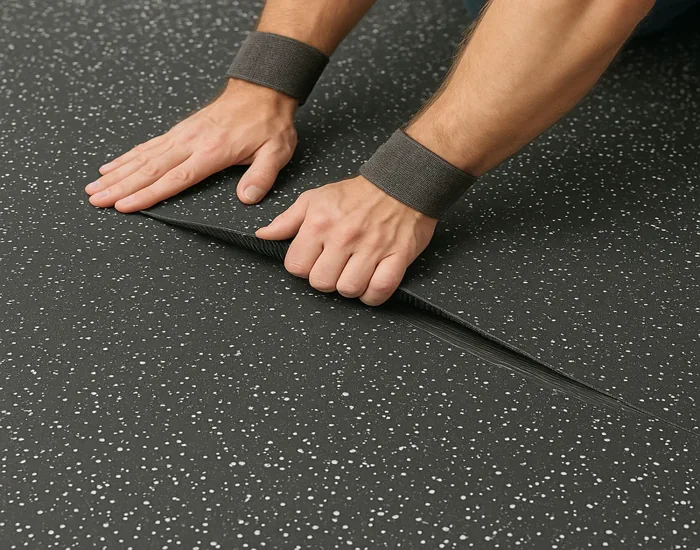
The proper thickness of the rubber flooring is based on the weight of safety, durability, comfort and cost. Homeowners and businesses that require resilient flooring can make the correct choice depending on the intention of the room, activity, and usage in the long term. The thicker flooring is better than the thinner one in terms of impact resistance and safety, whereas the thinner one is cheaper and easier to use in places with light traffic.
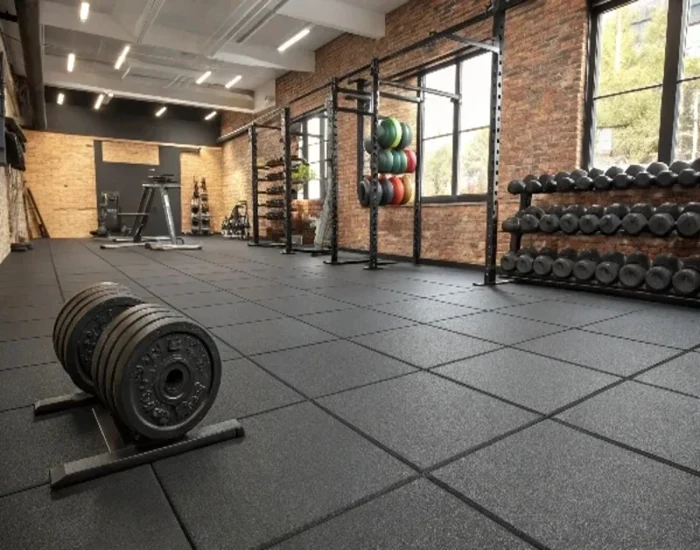
You can always use light equipment, which is normally sufficient at 6 mm or 8 mm. In the case of weightlifting and heavy machines, 12 mm should be used at least.
Not always. Heavy-duty floors offer greater protection and therefore may not be required in the light-use zones. The best method is to make a choice based on activity.
Yes, the thicker rubber flooring is a good absorber of sound and thus it is best used in apartments or fitness studios that are situated in multi-level places.
Top 10 Reasons To Choose Rubber Flooring in Dubai Homes...
Read MoreRubber Flooring Dubai—Complete Guide To Benefits Types & Prices Rubber...
Read MoreHow To Install Rubber Sheet Flooring Like a Pro |...
Read MoreHow to Choose Affordable & Strong Garage Flooring in Dubai...
Read More